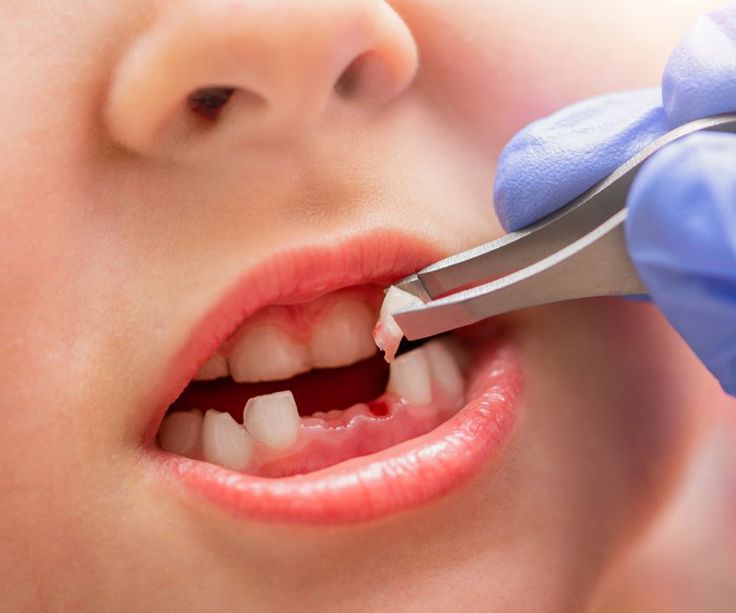More complex than a simple extraction. It may require an incision in the gum, and in some cases, the tooth may need to be broken into pieces for easier removal.

Dental extraction is the process of removing a tooth from its socket in the bone. While dentists aim to preserve natural teeth whenever possible, extractions are sometimes necessary due to disease, trauma, or other oral health concerns.
Types of Dental Extractions:
Simple Extraction:
Performed on: Teeth that are visible in the mouth, typically when they are intact and not too damaged.
Procedure: The dentist numbs the area with local anesthesia and uses an instrument called an elevator to loosen the tooth, then removes it with forceps.
Surgical Extraction:
Performed on: Teeth that are not easily accessible, such as impacted teeth (often wisdom teeth) or teeth broken at the gum line.
Procedure: More complex than a simple extraction. It may require an incision in the gum, and in some cases, the tooth may need to be broken into pieces for easier removal. This procedure is often done under local anesthesia with sedation, or sometimes general anesthesia.
Reasons for Dental Extractions:
Severe Tooth Decay or Infection:
When a tooth is too badly damaged by decay or infection to be repaired with a filling, crown, or root canal treatment, extraction may be necessary.
Periodontal (Gum) Disease:
Advanced gum disease can loosen teeth or severely damage the surrounding bone, making extraction the best option.
Crowded Mouth:
Sometimes teeth are removed to make room for orthodontic treatment, especially when the mouth is too small to accommodate all the teeth properly.
Call us at 281-672-7178, Mail us at : myteethdentaltx@gmail.com
or visit myteethdentaltx.com to schedule your appointment.
Find us at:
1199 blossom street
Webstar,
TX 77598.


